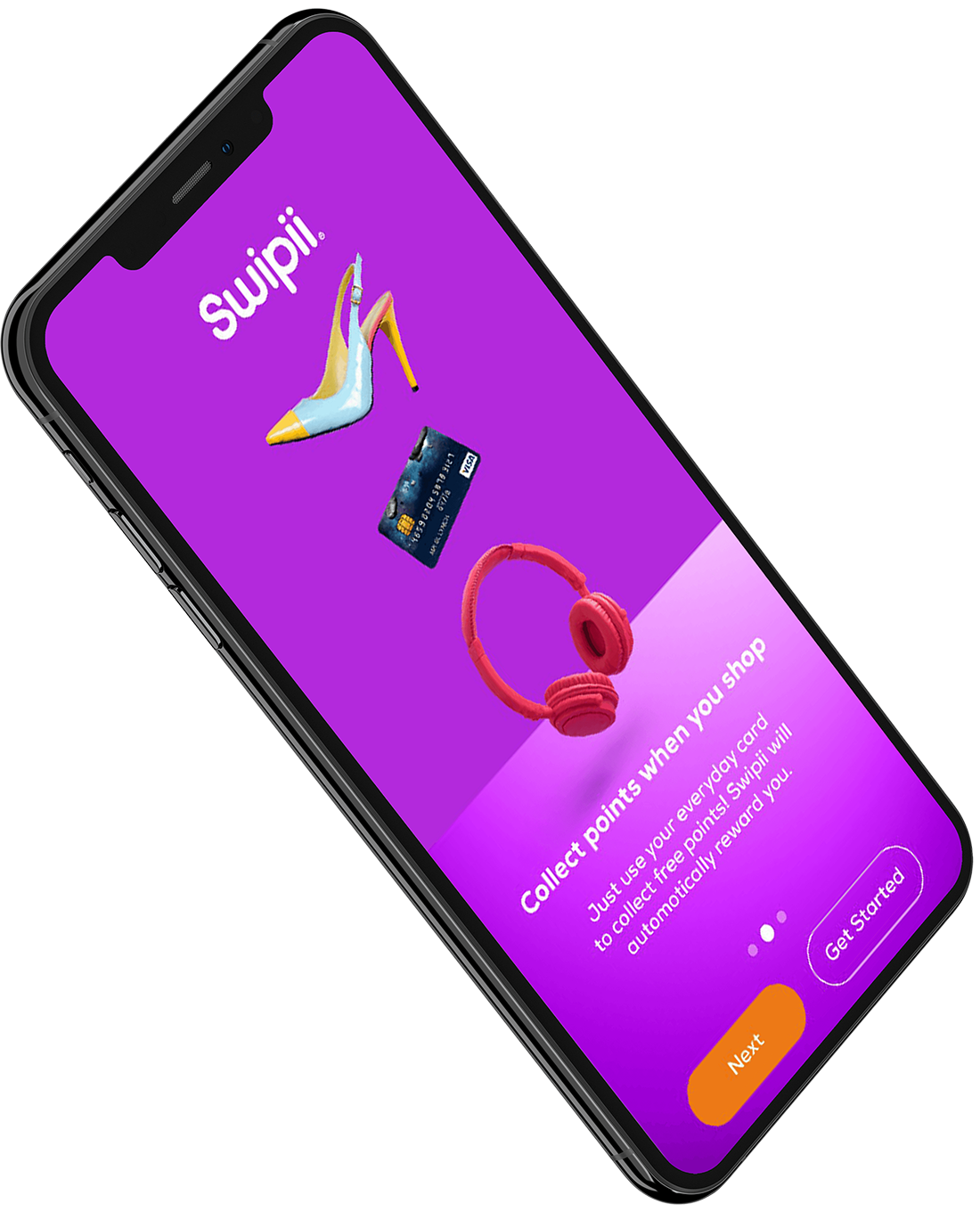The small bits of copy that guide users through a website or app are known as microcopy. These can include things like instructions, error messages, loading messages, tooltips and menu items.
At first glance, these little bits of copy might not seem that important, but the right (or wrong) microcopy in the right (or wrong) place can actually have a huge impact. At every point on a website or app, the user needs to know what they can do next – if they’re not sure where to go, they’re likely to just leave.

